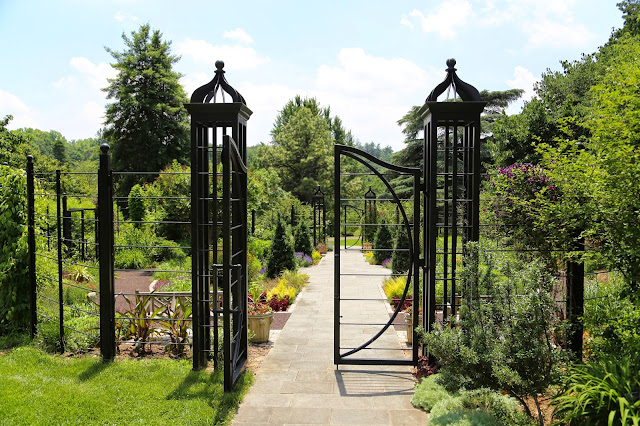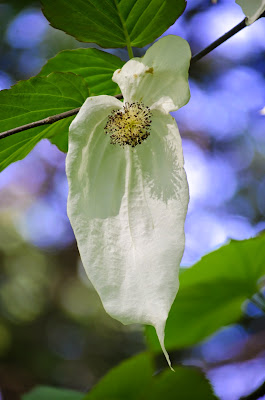Many people refer erroneously to Morris Arboretum as a ‘park’. In fact, Morris Arboretum of the University of Pennsylvania is not a park; it is an arboretum which is a botanical garden specializing in trees.
Here are 5 differences between a park and arboreta/botanical garden:
- Parks are intended mostly for recreation vs. arboreta/botanical gardens which focus on Plant Science Research, Education, Conservation and Horticultural Display.
- Parks have functional landscapes and plantings such as playing fields and picnic groves, vs. arboreta/botanical gardens’ curated labeled living collections, interpreted exhibits, and managed habitat areas.
- Parks are typically publicly funded by taxes vs. arboreta/botanical gardens which are typically community supported by gifts, memberships and use fees.
- Parks encourage sports and dog walking vs. arboreta/botanical gardens where sports and pets are not permitted.
- Parks typically trend toward monoculture with little biodiversity (with exceptions for managed natural areas) vs. arboreta/botanical gardens, which are typically high in biodiversity.
Article contributed by Susan Crane, Director of Marketing, Morris Arboretum























